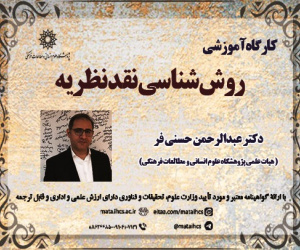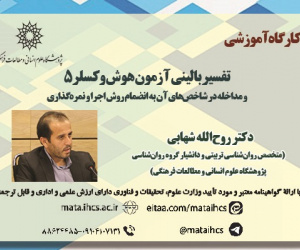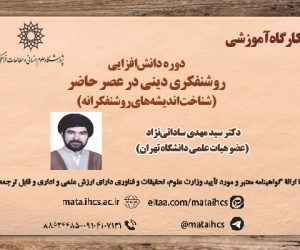بررسی نقش واسطه ای مهارگری تلاشگر در رابطه بین هویت اخلاقی و رفتارهای ضد اجتماعی نوجوانان (مقاله علمی وزارت علوم)
درجه علمی: نشریه علمی (وزارت علوم)
آرشیو
چکیده
هدف: پژوهش حاضر با هدف بررسی نقش واسطه ای مهارگری تلاشگر در رابطه بین هویت اخلاقی و رفتار های ضداجتماعی نوجوانان انجام شد. روش: جامعه آماری شامل تمامی دانش آموزان مقطع متوسطه دوم شهر شیراز در سال تحصیلی ۱۴۰۲-۱۴۰۱ بود که از این جامعه، نمونه ای به حجم ۵۶۷ نفر به روش تصادفی خوشه ای چند مرحله ای انتخاب و پرسشنامه های هویت اخلاقی (آکینو و رید، ۲۰۰۲)، مهارگری تلاشگر (الیس و رتبارت، ۲۰۰۱) و رفتار های ضداجتماعی (بارت و دونلان، ۲۰۰۹) در میان آنان توزیع گردید. تمامی تجزیه و تحلیل ها با استفاده از نرم افزار های SPSS-۲۴ و AMOS-۲۴ انجام شد. ارزیابی مدل پیشنهادی با استفاده از تحلیل مسیر انجام گرفت. یافته ها: یافته ها نشان داد الگوی پیشنهادی از برازش خوبی با داده ها برخوردار است. یافته ها نشان داد ضرایب مسیر های هویت اخلاقی به مهارگری تلاشگر (۰۰۰/۰=p، ۵۰/۰-=β)، مهارگری تلاشگر به رفتار های ضداجتماعی (۰۰۰/۰=p، ۱۳/۱-=β) و هویت اخلاقی به رفتار های ضداجتماعی (۰۰۹/۰=p، ۳۰/۰-=β) در سطح ۰۱/۰ معنی دار بود. همچنین دیگر یافته ها نشان داد مهارگری تلاشگر در رابطه میان هویت اخلاقی و رفتار های ضداجتماعی (۰۰۰/۰=p، ۲۵/۰-=β) در سطح ۰۱/۰ نقش واسطه ای دارد. نتیجه گیری: در نتیجه می توان گفت تقویت هویت اخلاقی به همراه مهارگری تلاشگر می تواند منجر به کاهش رفتار های ضداجتماعی شود. لذا پیشنهاد می شود به منظور کاهش میزان رفتار های ضداجتماعی به دو مفهوم مهارگری تلاشگر و هویت اخلاقی توجه ویژه ای شود.The Mediating Role of Effortful Control in the Relationship between Moral Identity and Antisocial Behaviors in Adolescents
Aim: The present study aimed to investigate the mediating role of effortful control in the relationship between moral identity and antisocial behaviors in adolescents. Method: The statistical population included all high school students in Shiraz City during the 2022–2023 academic year. A sample of 567 students was selected using a multi-stage random cluster method. Questionnaires on moral identity (Aquino & Reed, 2002), effortful control (Ellis & Rothbart, 2001), and antisocial behaviors (Burt & Donnellan, 2009) were distributed among them. All analyses were performed using SPSS 24 and AMOS 24 software. The proposed model was evaluated using path analysis. Results: The findings indicated that the proposed model fits the data well. The path coefficients from moral identity to effortful control (p = 0.000, β = -0.50), from effortful control to antisocial behaviors (p = 0.000, β = -1.13), and from moral identity to antisocial behaviors (p = 0.009, β = -0.30) were significant at the 0.01 level. Additionally, other findings showed that effortful control mediates the relationship between moral identity and antisocial behaviors (p = 0.000, β = -0.25) at the 0.01 level. Conclusion: Strengthening moral identity along with effortful control can lead to a reduction in antisocial behaviors. Therefore, it is recommended to pay special attention to the concepts of effortful control and moral identity to reduce antisocial behaviors.







